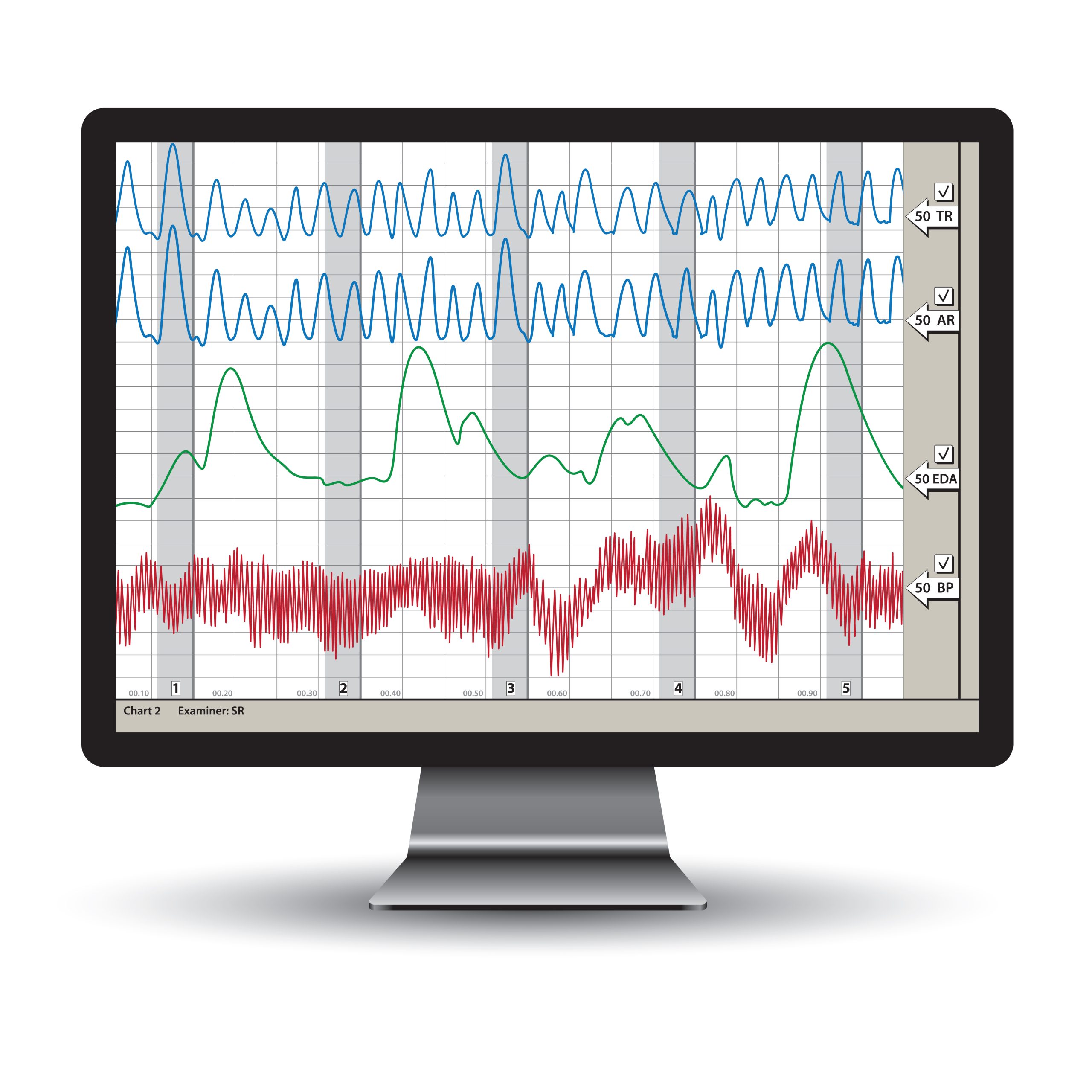Lie detector tests, also known as polygraph tests, have been used as a tool to assess truthfulness in various contexts, including personal relationships. If you are considering using a lying detector test to determine truthfulness in your personal relationship, follow this instructional guide to understand its effectiveness and potential considerations:
Step 1: Understand the Purpose of Lie Detector Tests
- Assessment Tool: Recognize that lie detector tests are designed to measure physiological responses to questions, such as heart rate, blood pressure, and skin conductance.
- Subjective Interpretation: Understand that lie detector test results are subject to interpretation and may not provide a definitive answer to truthfulness.
Step 2: Assess the Need for a Lie Detector Test
- Communication: First, attempt open and honest communication with your partner to address any concerns or doubts about truthfulness.
- Relationship Trust: Reflect on the level of trust in your relationship and whether a lie detector test is necessary to rebuild trust.
Step 3: Seek Professional Guidance
- Consult a Professional: If you decide to proceed with a lie detector test, consult with a qualified professional experienced in conducting polygraph examinations.
- Verify Credentials: Ensure the examiner is licensed and has a reputable background in administering lie detector tests.
Step 4: Understand the Test Process
- Pre-Test Consultation: Discuss the purpose and questions of the test with the examiner during a pre-test consultation.
- Informed Consent: Both parties involved should give informed consent to undergo the lie detector test.
Step 5: Consider the Limitations
- False Positives and False Negatives: Be aware that lie detector tests may yield false positives (indicating deception when telling the truth) and false negatives (failing to detect deception).
- Influence of Emotions: Understand that emotional factors, such as anxiety or stress, can influence test results.
Step 6: Evaluate the Test Results

- Interpretation of Results: Consider the examiner’s interpretation of the test results, but remember that they are not foolproof indicators of truthfulness.
- Rebuilding Trust: Regardless of the test outcome, focus on rebuilding trust in your relationship through open communication and understanding.
Step 7: Use the Test as One Tool
- Supplemental Information: Use the lie detector test results as one piece of information when making decisions in your relationship.
- Holistic Approach: Avoid making judgments solely based on the test results; consider other factors in your relationship as well.
Conclusion
Using a lying detector test in personal relationships can be a complex decision with potential consequences for trust and intimacy. It is essential to approach the process with careful consideration, understanding its limitations and the need for open communication and trust-building in your relationship. Remember that lie detector tests are not definitive truth indicators and should be viewed as supplementary information rather than the sole basis for making important decisions in your personal relationships.

